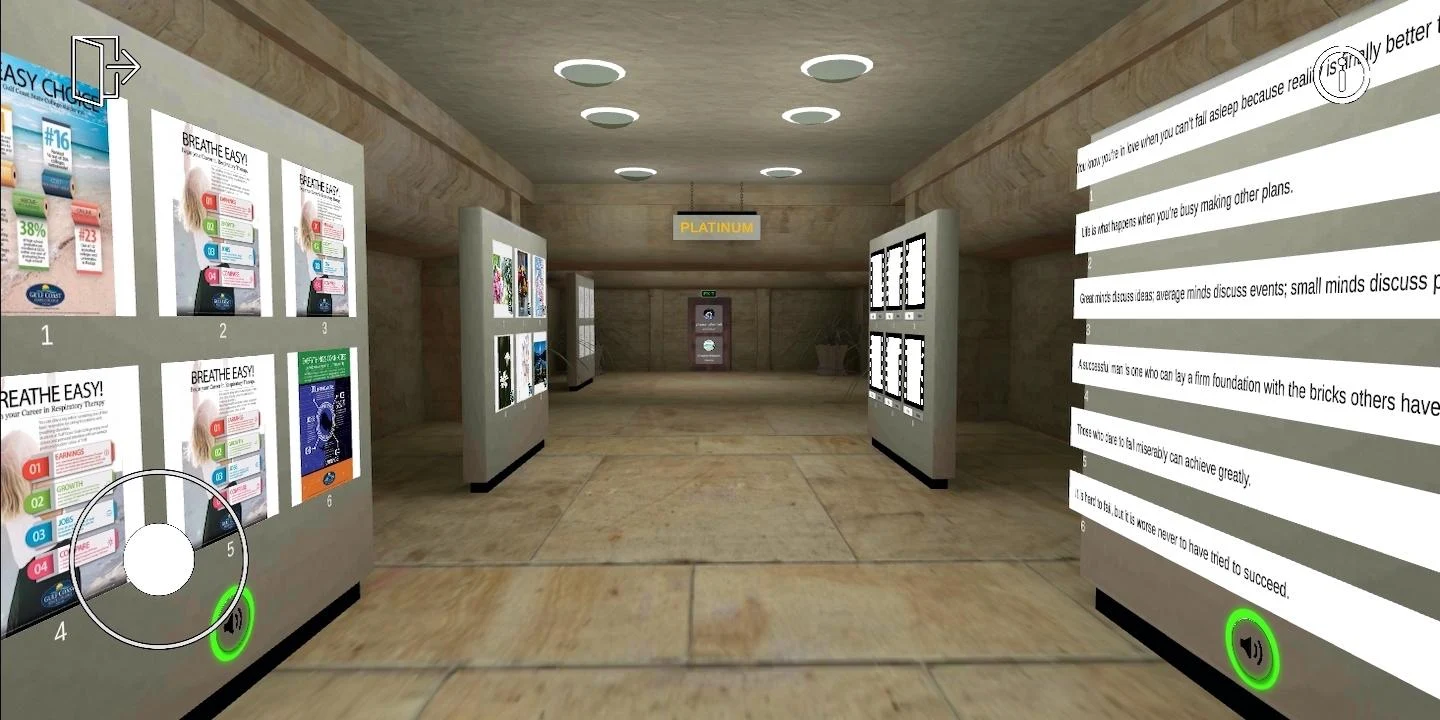Virtual funeral software and hardware are tools and technologies designed to facilitate online memorial services, allowing friends and family members to come together virtually to commemorate and honor a loved one who has passed away. These solutions have become more relevant during challenging times when physical gatherings might be restricted, such as during the COVID-19 pandemic.
Virtual Funeral Software:
- Video Conferencing Platforms: Services like Zoom, Microsoft Teams, Google Meet, and others offer options for hosting virtual funeral services, allowing attendees to join remotely and participate in the ceremony.
- Online Memorial Platforms: There are dedicated websites and platforms designed specifically for creating virtual memorials. These platforms may offer features like guestbooks, photo galleries, and virtual candles for attendees to leave messages and share memories.
- Social Media and Live Streaming: Social media platforms like Facebook, Instagram, and YouTube offer live streaming capabilities, enabling the broadcasting of funeral services to a wider audience.
- Virtual Reality (VR): In some cases, VR technology is being explored to create more immersive and interactive virtual funeral experiences. One of the most promising websites and app is called eternal3d. Eternal3d.com is a place for the preservation of personal and historical memories in virtual 3D. You can create and explore numerous 3D exhibitions and 3D virtual galleries related to people, biographies, art, history, and culture. The exhibitions can be viewed in 3D through the eyes of a virtual avatar or in simple 2D. Want to contribute? Feel free to create your own 3D exhibitions about a person, place, event, or anything else that’s interesting. Be creative, and if you want to create a VR exhibition of your own life, you might want to check out the premium plans, which allow for more robust displays.
Virtual Funeral Hardware: The hardware required for virtual funerals is relatively straightforward and typically consists of the following:

- Computers or Smartphones: Devices that attendees use to connect to the virtual funeral service.
- Webcams or Built-in Cameras: To capture video of the attendees who wish to participate using video conferencing.
- Microphones: For clear audio during the virtual ceremony.
- Speakers or Headphones: To listen to the funeral service and any speeches or music.
- Internet Connection: A stable internet connection is essential for seamless communication during the virtual event.
- Additional AV Equipment (Optional): Depending on the complexity of the virtual funeral, additional audio-visual equipment such as projectors or screens may be used.
It’s important to note that virtual funerals should be organized and conducted with sensitivity, compassion, and respect for the grieving process. It’s essential to inform attendees about the virtual arrangements in advance and ensure that they are comfortable with the technology being used.
As technology continues to advance, virtual funeral solutions are likely to become more sophisticated and accessible, allowing people from different locations and circumstances to come together and pay their respects to their loved ones in a meaningful way.


